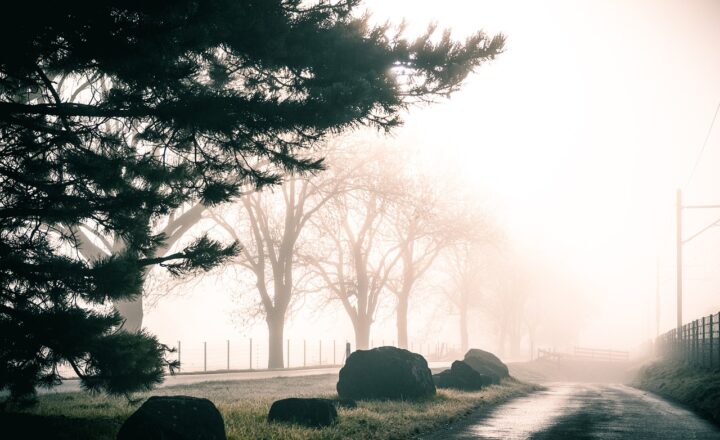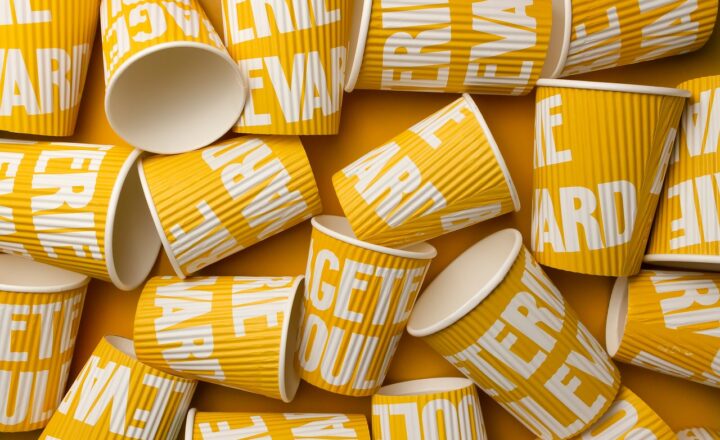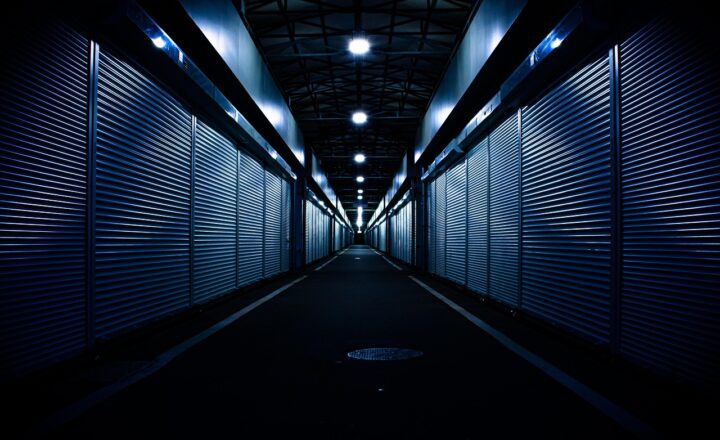The Strange History of Ouija Boards and Why People Believe They’re Haunted
November 15, 2024

The fascination with the supernatural and the unexplained has captivated human beings for centuries. Among the most intriguing tools of spiritual communication is the Ouija board, a device that has been linked to both harmless fun and terrifying paranormal experiences. This article delves into the strange history of Ouija boards, their cultural significance, and the reasons behind the widespread belief in their haunted nature.
1. The Inception of the Ouija Board: A Blend of Spiritualism and Entertainment
The Ouija board, also referred to as a spirit board or talking board, consists of a flat board marked with letters, numbers, and symbols, with a planchette that moves across the board to spell out messages from beyond. The phenomenon of speaking to the dead gained popularity in the 19th century along with the rise of spiritualism—a movement that claimed to represent a bridge between the living and the dead.
The term “Ouija” is believed to be a combination of the French and German words for yes (oui and ja, respectively). The first commercial Ouija board was produced in 1890 by the Kennard Novelty Company. The boards quickly captured public interest, being marketed as a fun parlor game amidst a curious exploration of the afterlife.
However, its origins go beyond mere entertainment. As the spiritualism movement prospered during the 19th century, many people sought solace and connection with deceased loved ones, leading to the Ouija board being touted as a legitimate means of communication with spirits. Moreover, its mysterious charm created a sense of adventure, leading many to gather in groups to explore their deepest curiosities about what lies beyond.
2. The Rise of the Ouija Board in Popular Culture
As the 20th century unfolded, the appeal of Ouija boards surged. They became a staple in American households, especially during times of social upheaval when people grappled with existential questions. The board appeared in films, literature, and pop culture, often as the harbinger of thrilling paranormal encounters.
Prominent works like *The Exorcist* and other horror films showcased the board as a tool to unleash malevolent spirits, reinforcing fears surrounding its use. Many believed that Ouija boards were portals to the other side, where spirits could influence the living world, sometimes with disastrous consequences. This portrayal in media influenced public perception and solidified its haunting reputation.
But not everyone viewed the Ouija board as a sinister device. Some groups emphasized its potential for positive communication and connection with benevolent spirits. Various cultures around the globe have their own forms of spiritual communication tools, often employed by shamans and spiritual practitioners. The Ouija board, although often embroiled in controversy, was seen by many as a bridge to entertainment, exploration, and in some cases, enlightenment.
3. The Science Behind the Ouija Board: Psychological Explanations
One of the most compelling aspects of the Ouija board is the psychology behind its use. Although users may think the planchette moves due to outside spiritual forces, research has shown that the movement is often a result of the ideomotor effect. This phenomenon occurs when a person moves involuntarily, resulting in small and subconscious movements that can lead to an illusion of communication with the spirit realm.
Studies have suggested that a focus on intention and shared belief within a group can amplify the ideomotor effect. When individuals engage with a Ouija board in a group setting, the collective energy and shared beliefs can lead to stronger feelings of connection with the paranormal, even if the results are scientifically explainable. A 2015 study highlighted how participants under specific conditions are more likely to experience the feeling of the board communicating with them, all while being unaware of their own movements.
This interplay of belief, group dynamics, and psychological triggers often contributes to perceptions of a haunting experience. The very act of engaging with a Ouija board invites participants to open themselves up to suggestions, further enhancing the eerie feeling of spiritual communication.
4. Debunking the Myths and Misconceptions of Ouija Boards
Despite the scientific explanations behind the Ouija board, misconceptions continue to persist. Many people associate its use with sorcery, evil spirits, and malevolence, largely fueled by sensational media portrayals.
However, prominent parapsychologists argue that it is essential to separate the myths from reality. Not every Ouija board session leads to horrifying experiences; many individuals use the board as a fun, social, and harmless activity that garners interest in learning more about themselves and their beliefs.
It’s also worth noting that the intention behind using the Ouija board can significantly impact the experience. Those who approach the board with fear and anxiety may have more unsettling experiences than those who approach it with curiosity and openness. This invites a conversation about personal belief systems, cultural backgrounds, and the intrinsic human desire for connection, even after death.
5. The Cultural Significance of the Ouija Board Today
Even in contemporary times, the Ouija board remains a fascinating topic and a widely used tool among paranormal enthusiasts. Ghost hunting shows and modern spiritualists frequently incorporate the board in their practices, leading to an ongoing belief in its powers.
The resurgence in interest can also be linked to the revival of spiritualism and a growing fascination with the supernatural. In an age dominated by scientific exploration and rational thinking, many people turn to the mystical for answers beyond the visible world. The Ouija board serves as a reminder of the human quest for understanding and connection, bridging the gap between science and spirituality.
Moreover, the creation of various artistic representations—movies, books, and artwork—continues to sustain the Ouija board’s cultural significance. Children and young adults often treat it as a game, while others embrace it as a tool to explore their creativity and imagination.
6. Conclusion: The Unseen Connection
The history of Ouija boards and the reason people believe they are haunted reflect humanity’s enduring quest for connection, whether with the deceased or through our own consciousness. While the science of the ideomotor effect explains many of the phenomena associated with the boards, it cannot diminish the personal experiences and collective narratives created during sessions.
Ultimately, the Ouija board stands at the intersection of entertainment, psychology, and spirituality. Far from being solely a tool for summoning spirits, it symbolizes a deeper wish to connect, understand, and explore the mysteries that lie beyond our grasp. Whether seen as a harmless parlor game or a serious tool for spiritual communication, Ouija boards continue to evoke intrigue and curiosity worldwide.
With the blend of history, culture, and psychological dynamics, it’s no wonder that the allure of the Ouija board persists, making it a fascinating subject for investigation and reflection in contemporary society.
If you feel intrigued by this piece of history, consider conducting your own experiment with a Ouija board. You may find that the experience brings more self-reflection than it does supernatural revelations.
Stay curious and welcome the mysteries along your journey to understanding the world around you.







